


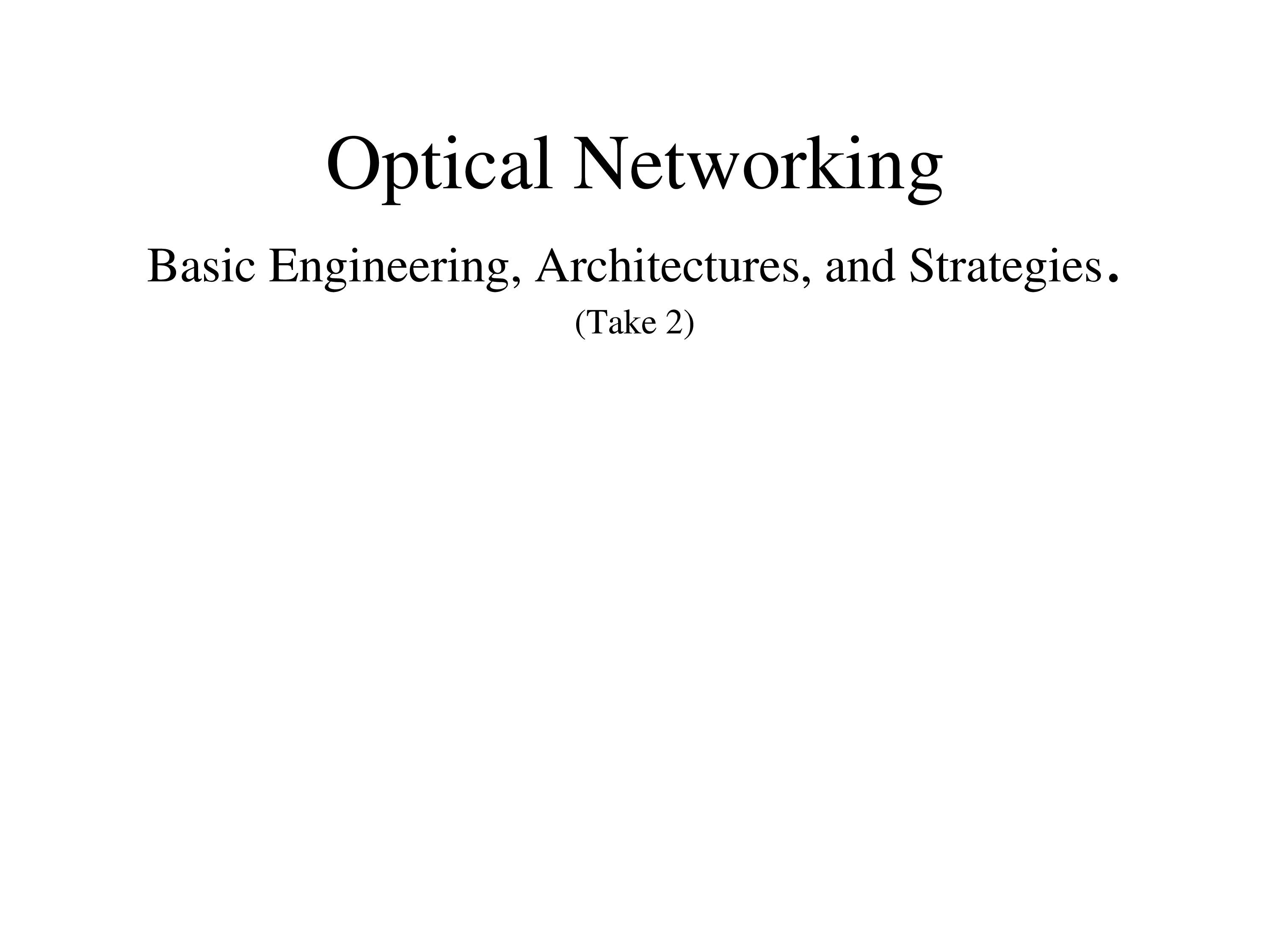


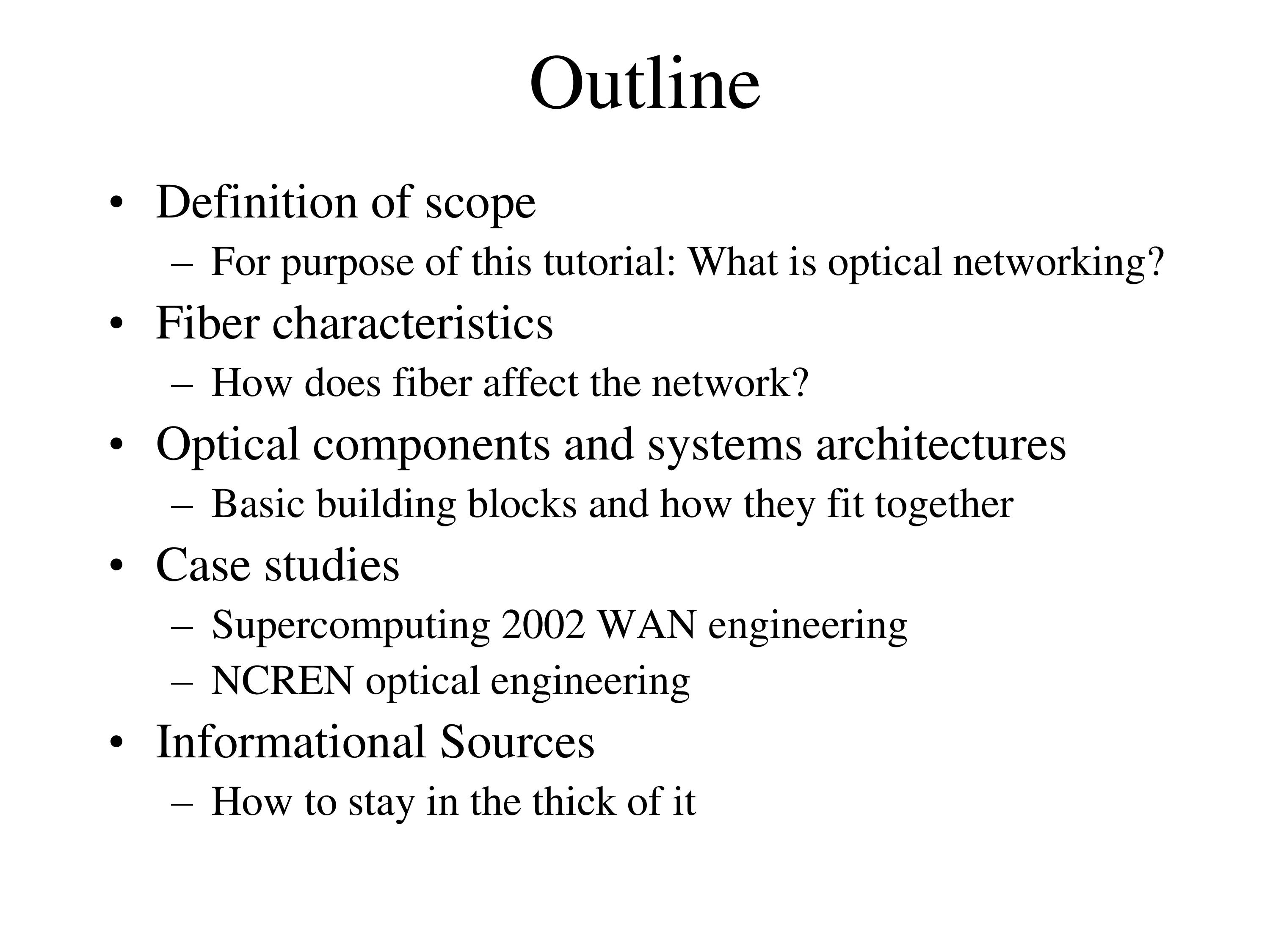
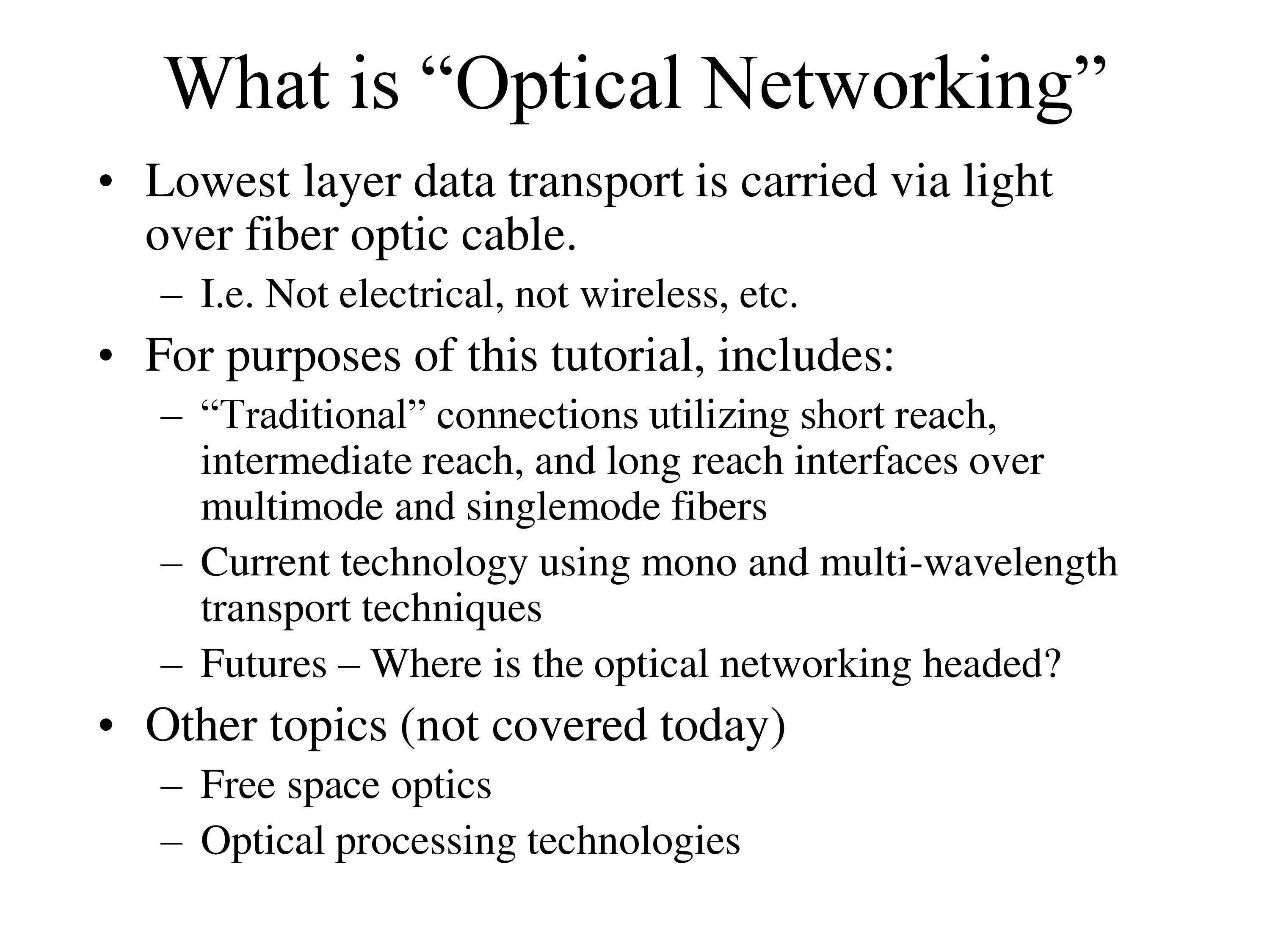




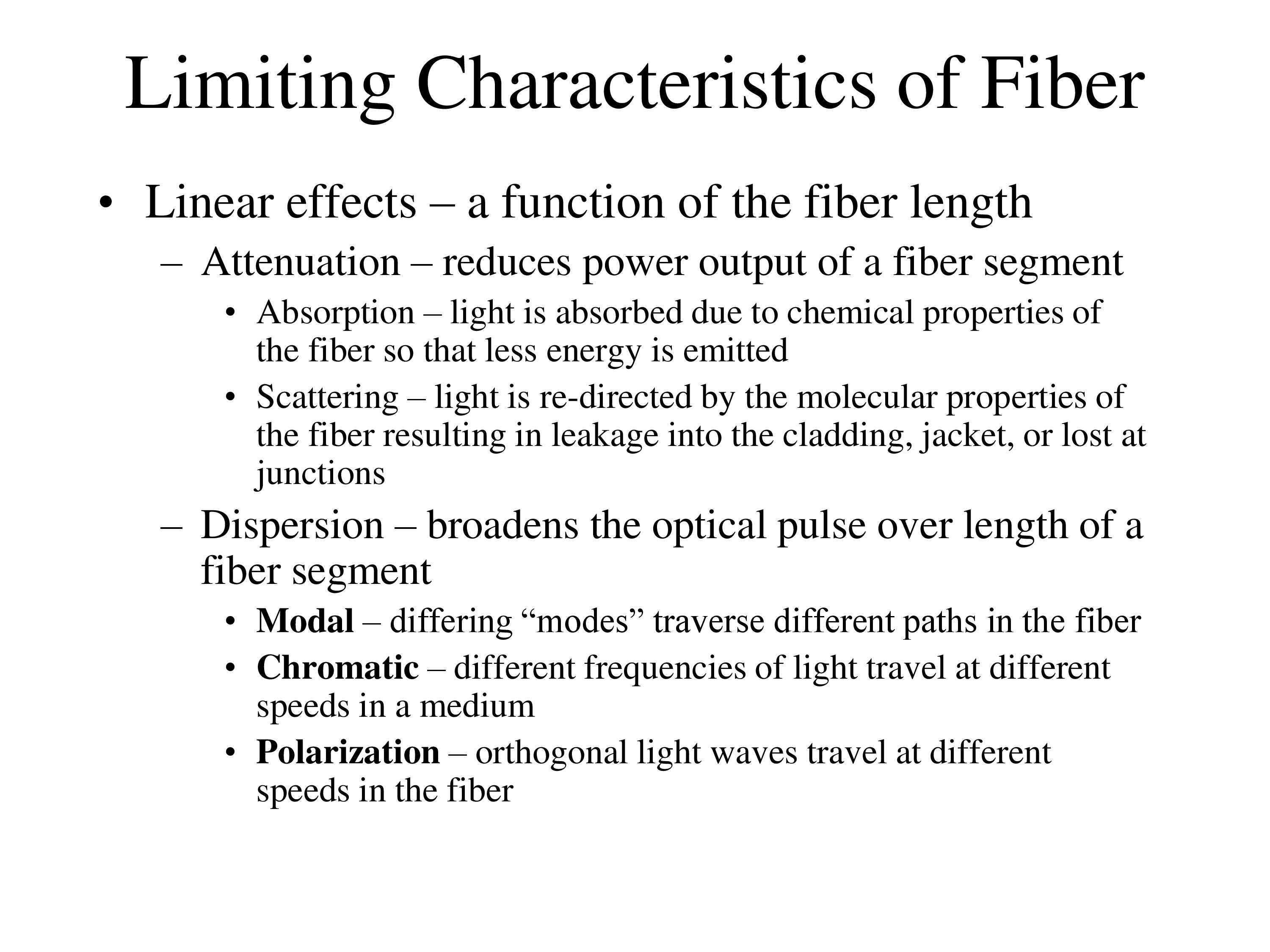
























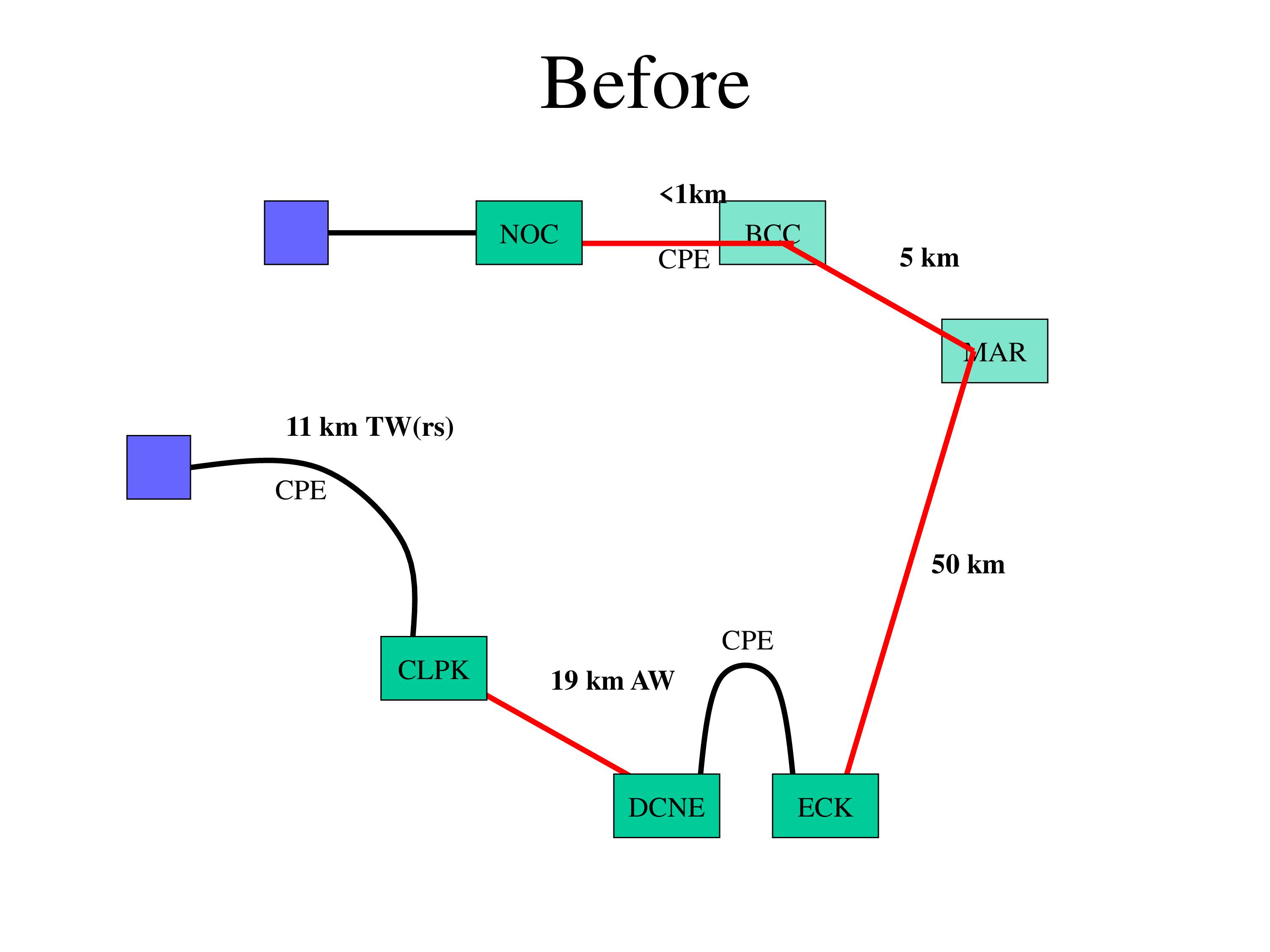
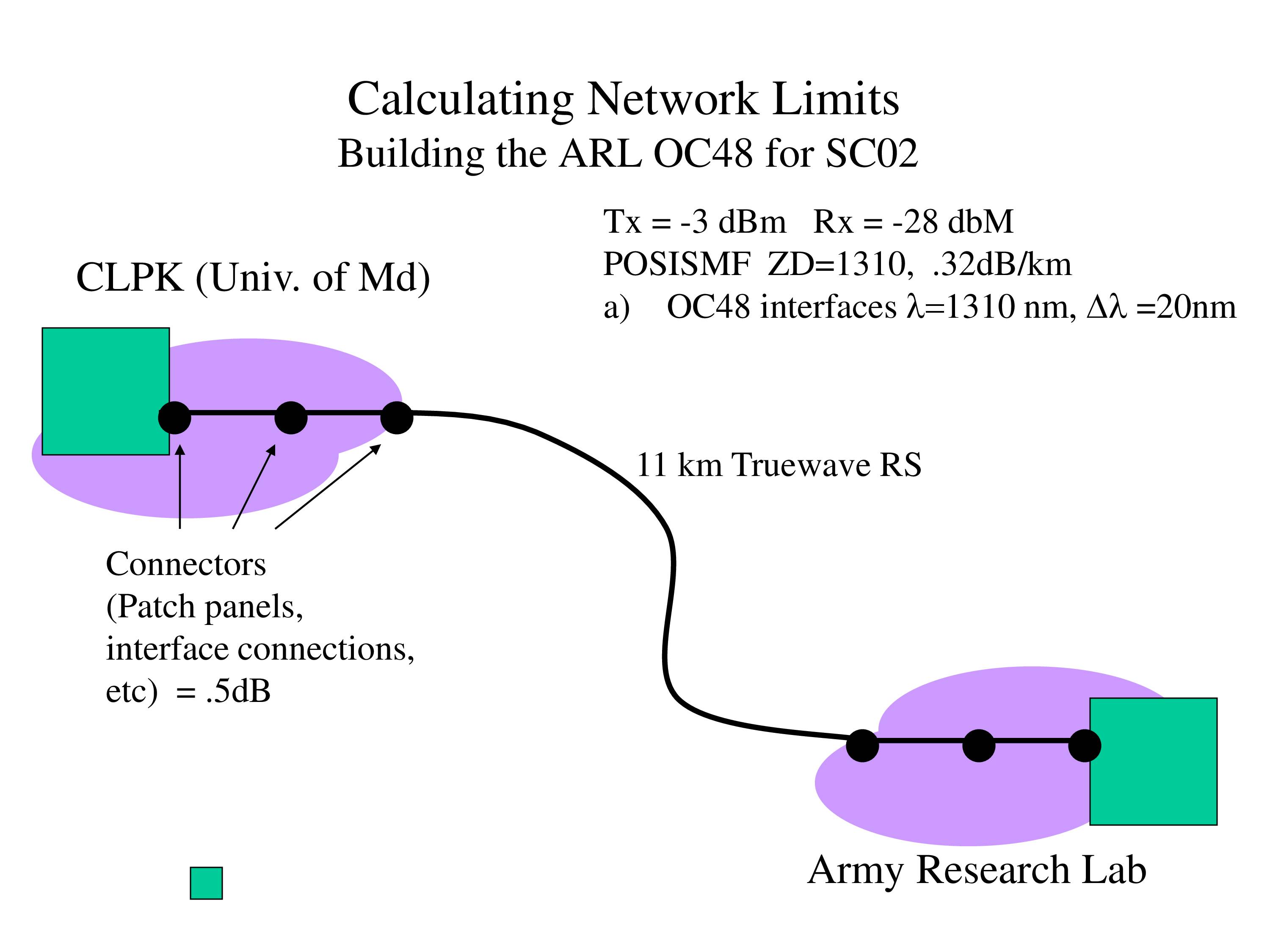



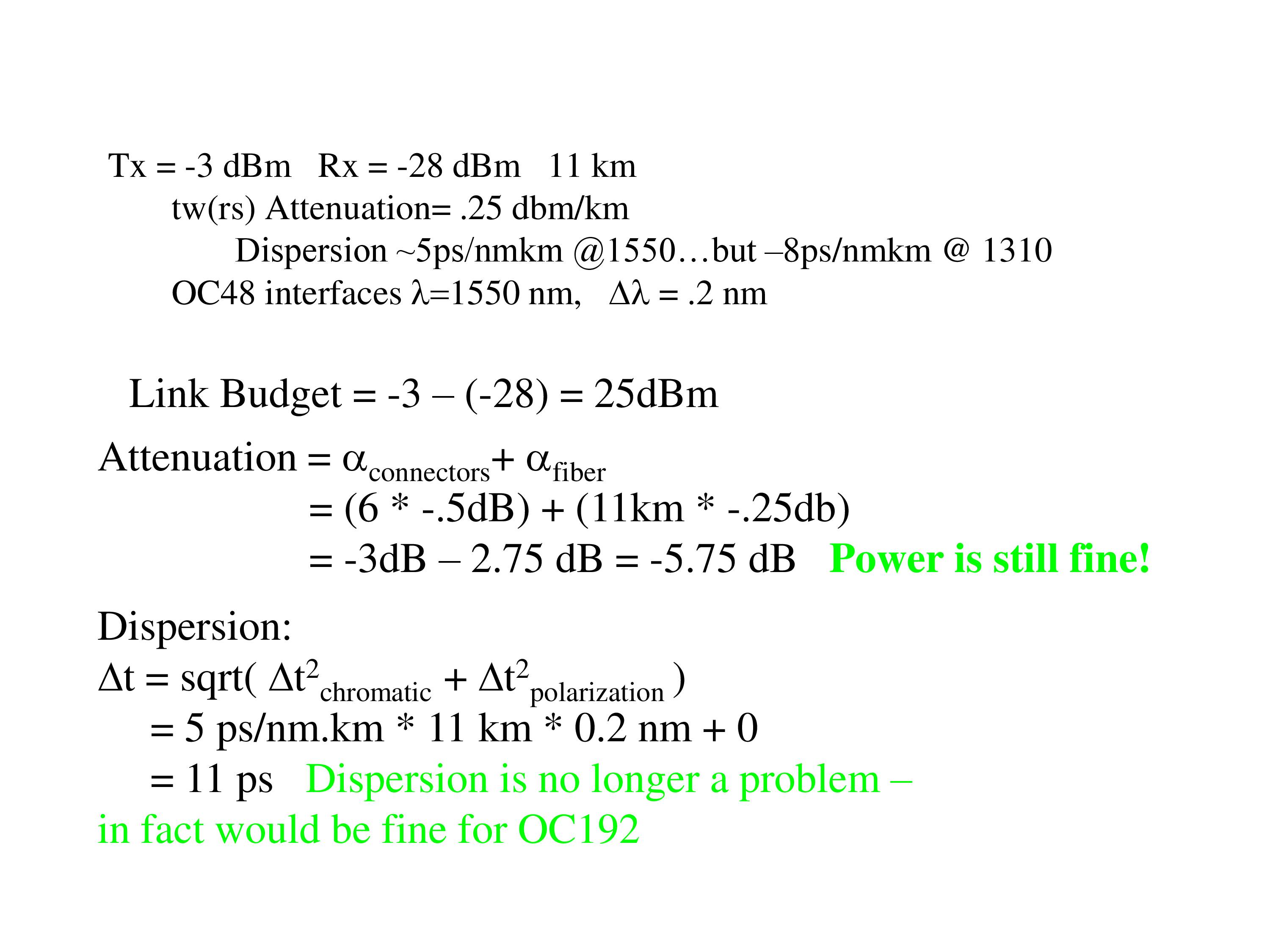


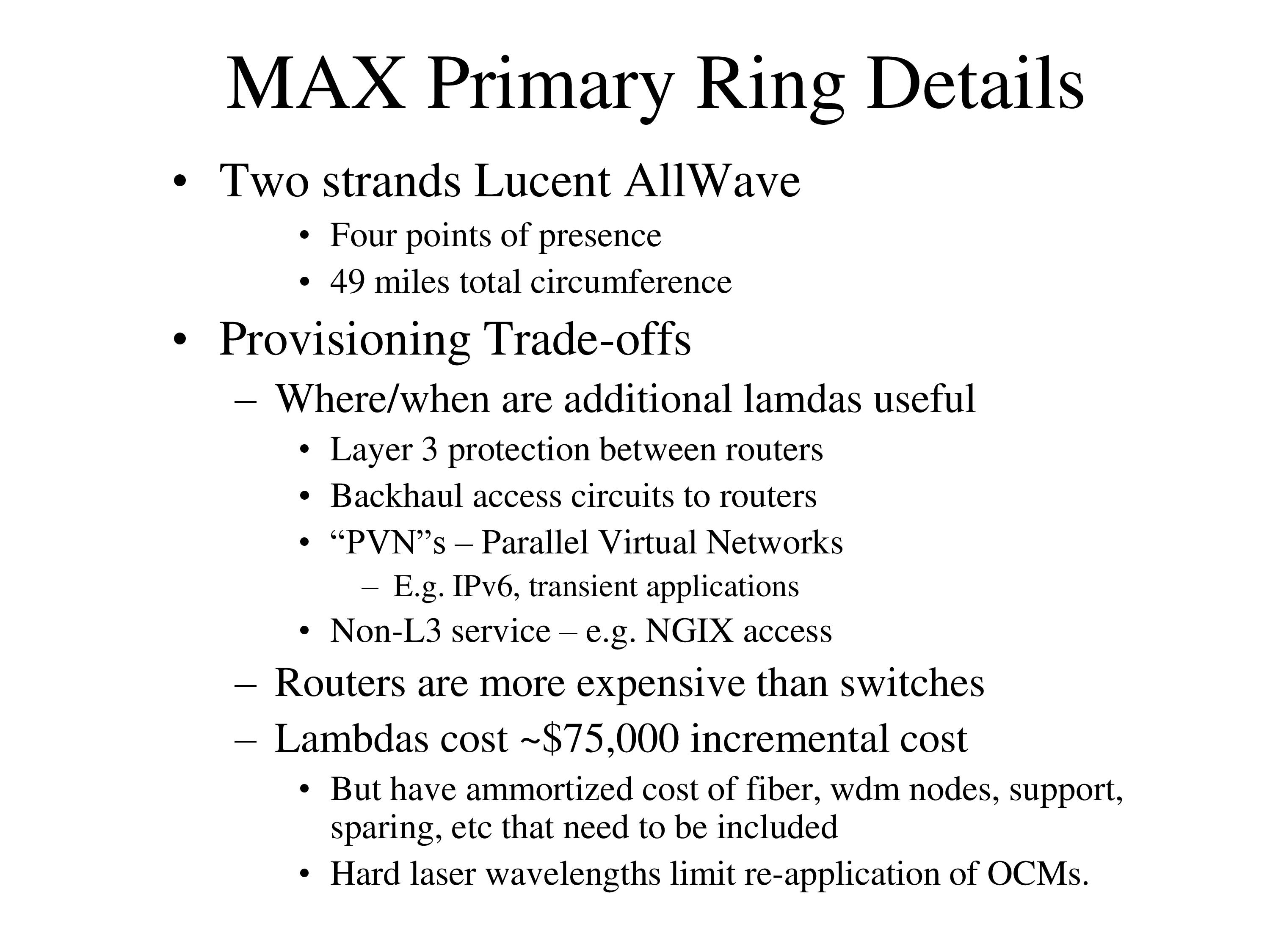

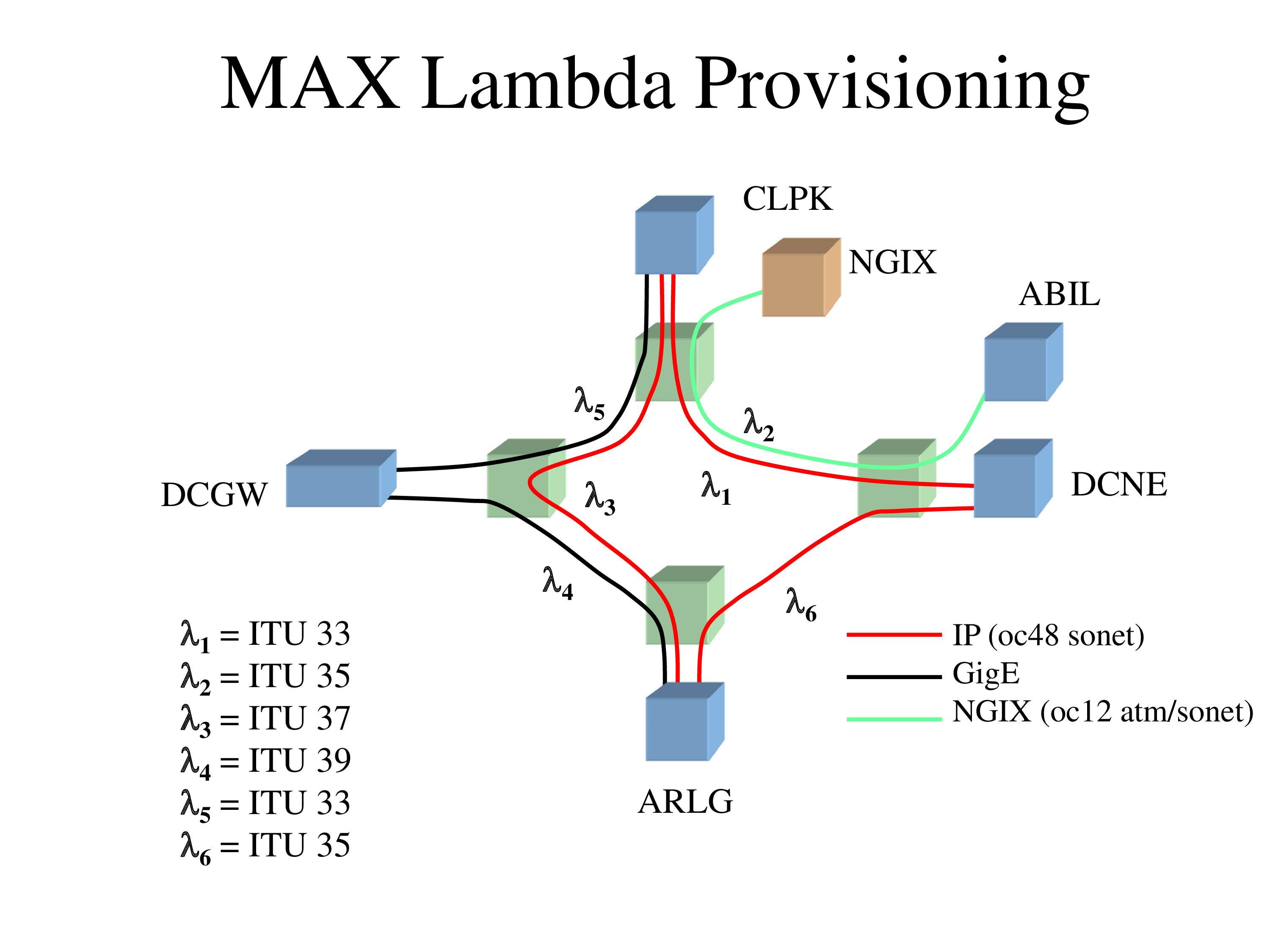
An optical network is a type of data communication network built with optical fiber technology. It utilizes optical fiber cables as the primary communication medium for converting data and passing data as light pulses between sender and receiver nodes.This PPT will give a complete knowledge about Optical Networking.
Post an enquiry and get instant responses from qualified and experienced tutors.
Post Requirement